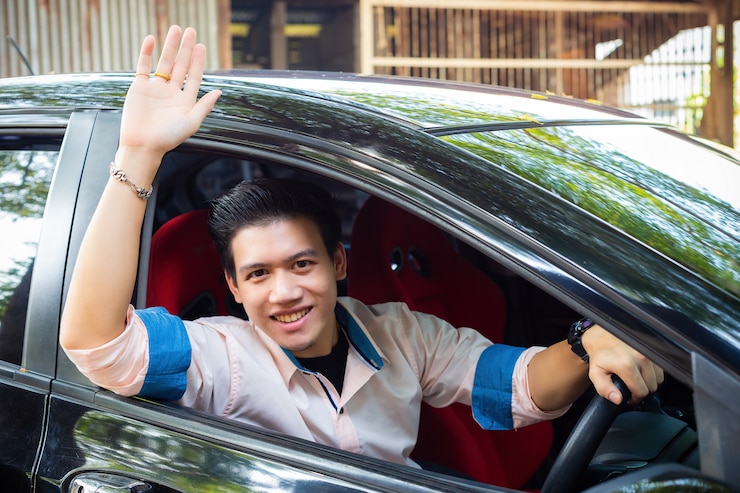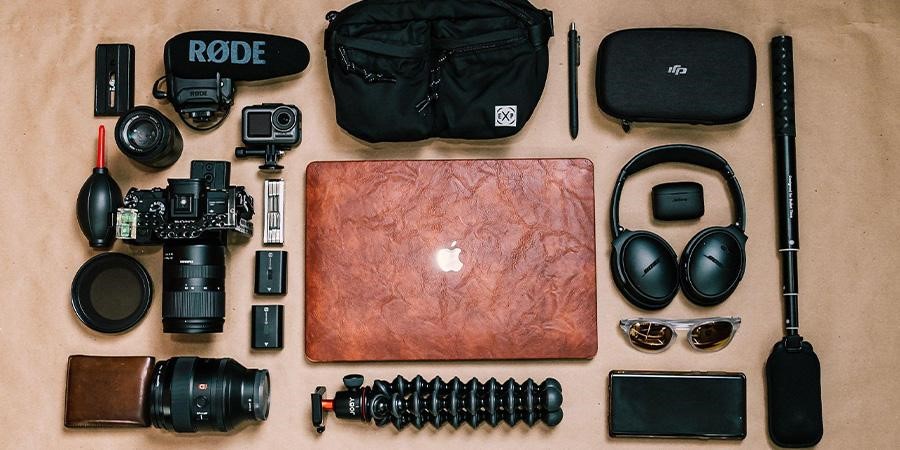CHICAGO — Earbuds, noise pollution and age all diminish hearing – more specifically damage hair cells in the ear. We are born with them and they typically thrive for the duration of our lives. But as some die, they do not regenerate.
Now, a new finding could change that.
Surrounded by art and inspiration from his home country of Spain, in Chicago, Illinois, Dr. Jaime Garcia-Anoveros PhD has made the art of dance his focus.
The music that triggers the dance could be song or speech. The noise stimulates hair cells to move, helping us hear.
“These cells crouch and jump so they make the vibration bigger. And so they lift cells… (and) carry the cells … and then send information to the brain.”
The outer and inner hair cells are perfectly aligned.
The outer cells amplify sound while the inner cells send signals to the brain. If just a few are out of place…hearing is compromised.
So researchers at Northwestern University set out to regenerate hearing cells.
“You need both of them to work in conjunction or you hear very poorly,” Garcia-Anoveros said.
They discovered a gene to turn up the volume.
“This one gene called TBX-2, if we take it from an outer, they form an inner. It’s what we call a master regulator,” Garcia-Anoveros said. “The presence or absence of this gene where you make the hair cell form one or the other. … you generate now an artificial cell in the ear of an adult. We hope we can use this gene regulator to tell it to make an inner hair cell or an outer hair cell. A cell that sends information to the brain or a cell that moves in response to sound. It increases, amplifies the sound.”
Now they’ll insert the gene into the ear with the hope of growing new hair cells and restoring hearing.
“The good news is we now have tools to address this question,” Garcia-Anoveros said.
Doctors said hearing loss is the most common degenerative condition in humans. We all lose some hearing as we age. Now that they found the gene to help, they will test their theory in mice and then people.






More Stories
Timber Dining Tables | Why They Should Be Your Number 1 Choice
How to Use Microwave with Oven Functions for Quick and Easy Cooking
Jersey Shore condo to Beach Townhouse Update